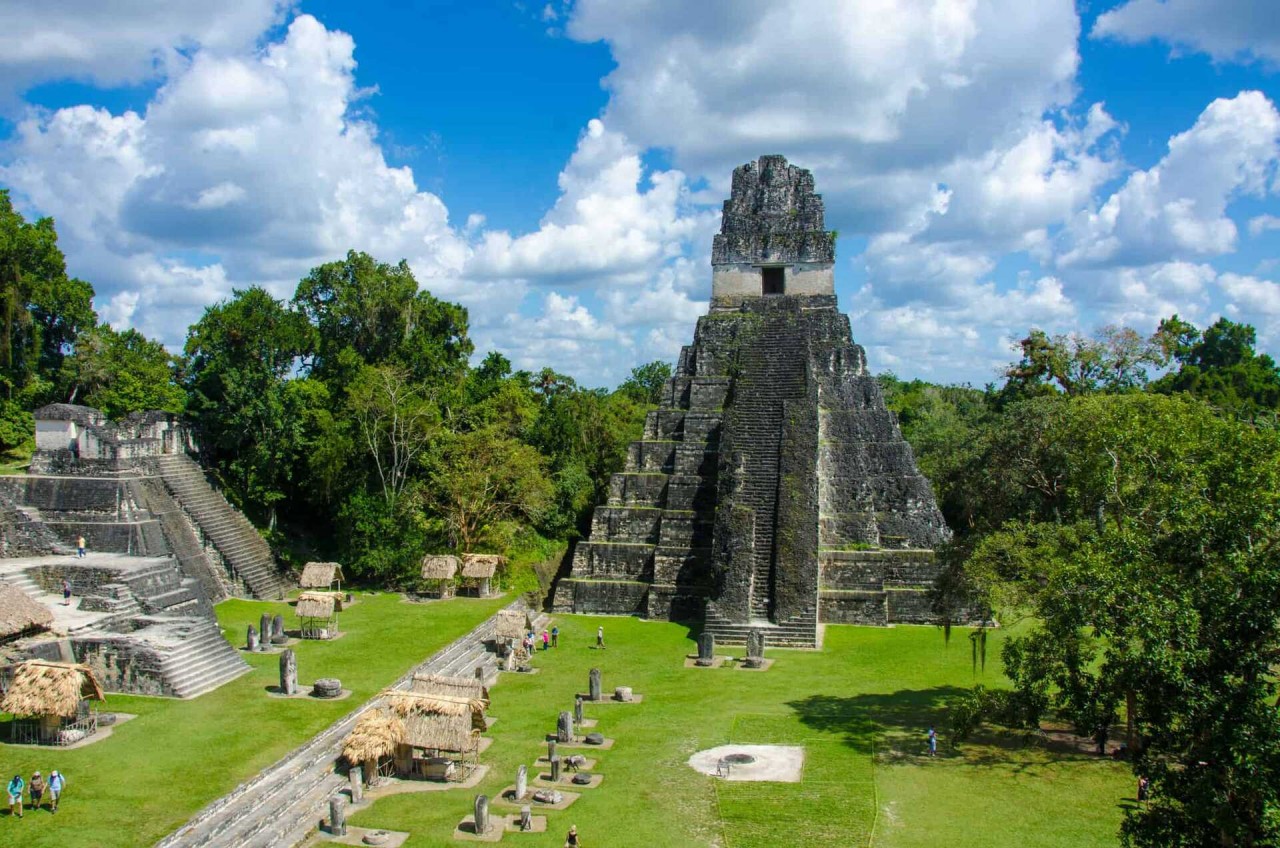
Temples are not only places of worship; they are also architectural wonders that represent the cultural, historical, and spiritual wealth of the civilizations that they are a part of. There are certain temples that stand out from others all around the world due to their enormous size, intricate designs, and rich historical significance. In the year 2025, the following are the top ten largest temples in terms of their land area, grandeur, and the significance of their religious content.
List Of Top 10 Largest Temples In The World 2025
1. Baalbek, Lebannon
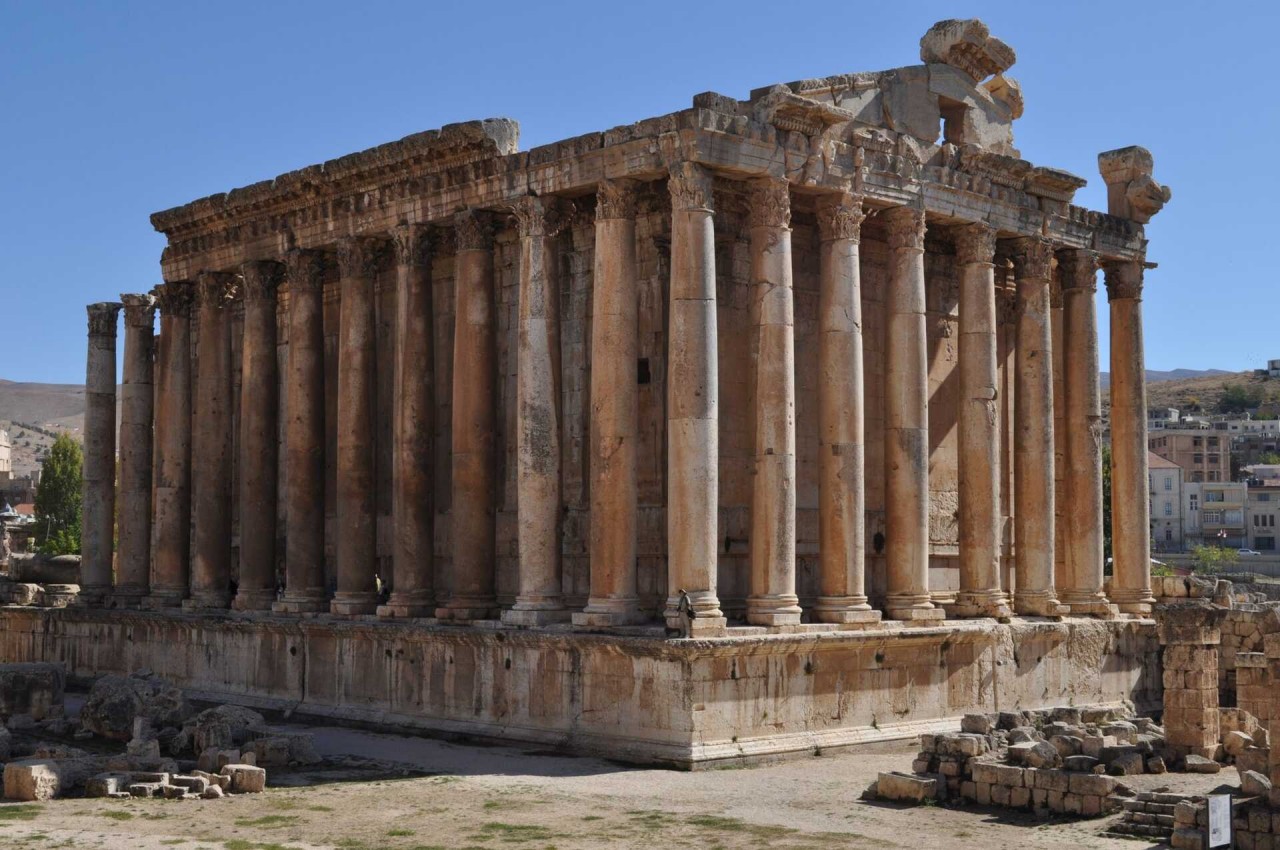
Baalbek, Lebanon, has one of the most mysterious Roman Empire ruins: a huge, 2,000-year-old temple dedicated to Jupiter built on top of huge stone blocks that weigh about 3,000 tons each. To give you an idea of how heavy these stones are, Stonehenge’s stones are only a small fraction of that. These huge blocks came from a nearby limestone site, where archaeologists from the German Archaeological Institute, working with Jeanine Abdul Massih of Lebanese University, recently uncovered what is thought to be the largest stone block from ancient times. This megalith weighs 1,650 tons and looks a lot like the ones that made up the temple’s foundation. However, the origins of this huge stone are still a mystery. No records exist that say who cut it, why they cut it, or why they left it there.
2. Cathedral of Christ the Saviour
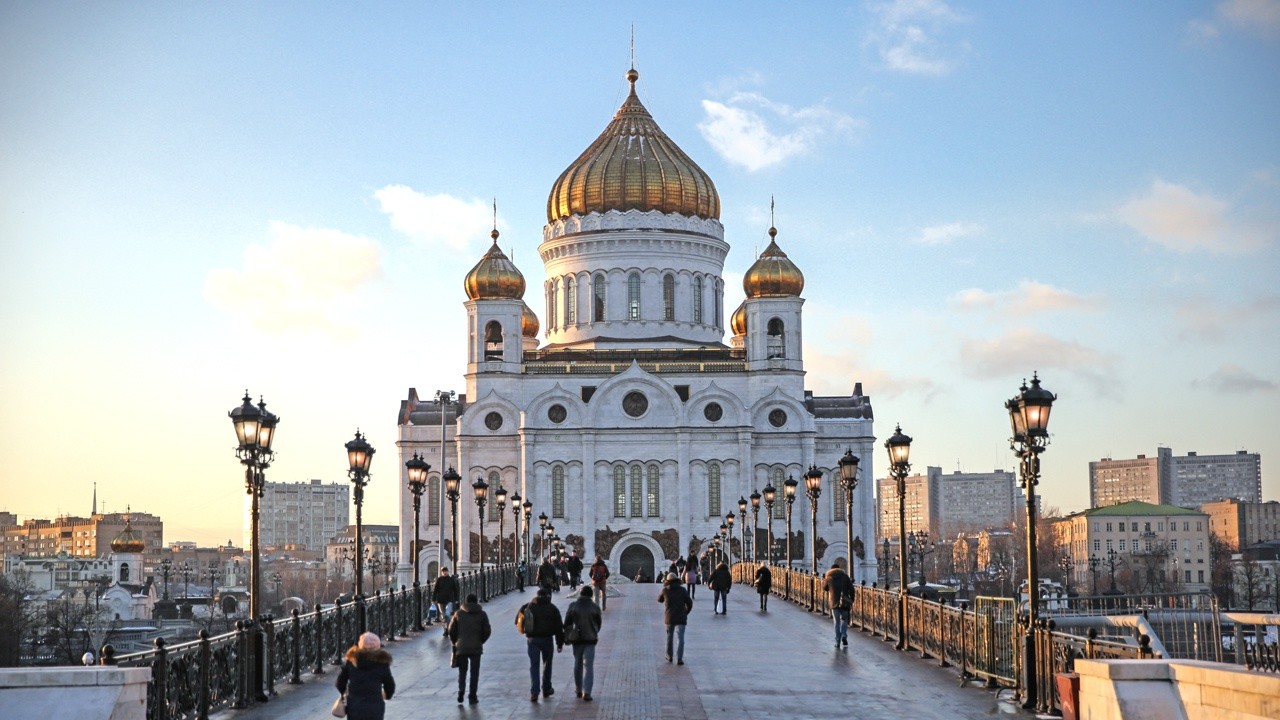
The Cathedral of Christ the Saviour in Moscow symbolizes Russia’s resilience and history. Alexander I ordered the cathedral built between 1839 and 1883 to remember the men who died in the Patriotic War of 1812 against Napoleon. The cathedral, one of Russia’s most important religious landmarks, was designed to resemble Constantinople’s Hagia Sophia. After the 1917 Bolshevik Revolution, its fate was dismal. Stalin ordered the cathedral’s demolition in 1931 as part of the Soviet Union’s anti-religious policy. The Palace of the Soviets, the world’s largest tower featuring a colossal Lenin statue, was planned for the location. However, budgetary restrictions and the WWII German invasion prevented building, leaving the site unused for years. The unoccupied location became the world’s largest outdoor heated swimming pool, the Moskva Pool, in 1958, permitting year-round usage despite Russia’s harsh winters. This unique change lasted until 1991, when the Soviet Union collapsed, revitalising the cathedral. The swimming pool closed in 1994, and Cathedral of Christ the Saviour restoration began in 1995. The project methodically restored the church to its former glory, adding contemporary reinforcements while preserving its history. The renovated church was consecrated in 2000, restoring its spiritual and cultural prominence in Moscow.
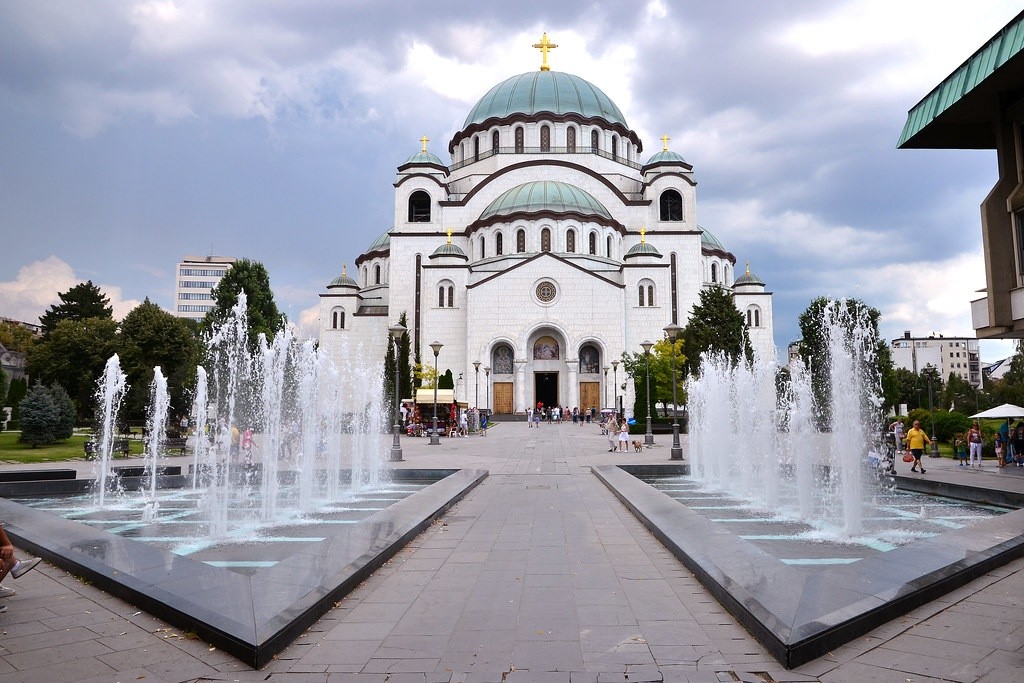
Whether you accept Orthodox Christianity or not, the Church of Saint Sava is an architectural marvel and must-see. This iconic landmark of Belgrade is one of the most spectacular structures in the Balkans, a title not easily won. Beyond its great dimensions, the church offers a spectacular experience of history, spirituality, and art. The Church of Saint Sava has a rich and varied history, including its time in the former Yugoslavia. Its grandeur and importance have gained international acclaim, with Vogue Magazine naming it Eastern Europe’s Sagrada Família—a tribute to its awe-inspiring beauty and continued growth. Saint Sava, a major Serbian figure, is honored in the church. He helped shape Serbia’s ecclesiastical and cultural identity as the Serbian Orthodox Church’s founder. This majestic edifice represents Serbian heritage and faith, continuing his legacy.
4. Tikal (Temple IV)

In Guatemala, Tikal Temple IV is a massive Mesoamerican pyramid in the ruins of the ancient Maya city of Tikal. It was one of the tallest and largest Maya constructions, completed around 741 AD. One of the greatest ancient architectural feats, it stands today. Temple IV, on Tikal’s western side, is where two large causeways join. The Tozzer Causeway leads east to the Great Plaza, while the Maudslay Causeway leads northeast to the Northern Zone. This strategic placement emphasizes its relevance in the city’s urban layout. Temple IV is the second-tallest pre-Columbian construction in the New World, behind the Great Pyramid of Toniná in Chiapas, Mexico. Some experts believe Teotihuacan’s Pyramid of the Sun was taller before erosion and time altered its measurements. Temple IV is still a popular archeological site, affording stunning views of Tikal National Park and the Guatemalan jungle.
5. Jetavanaramaya
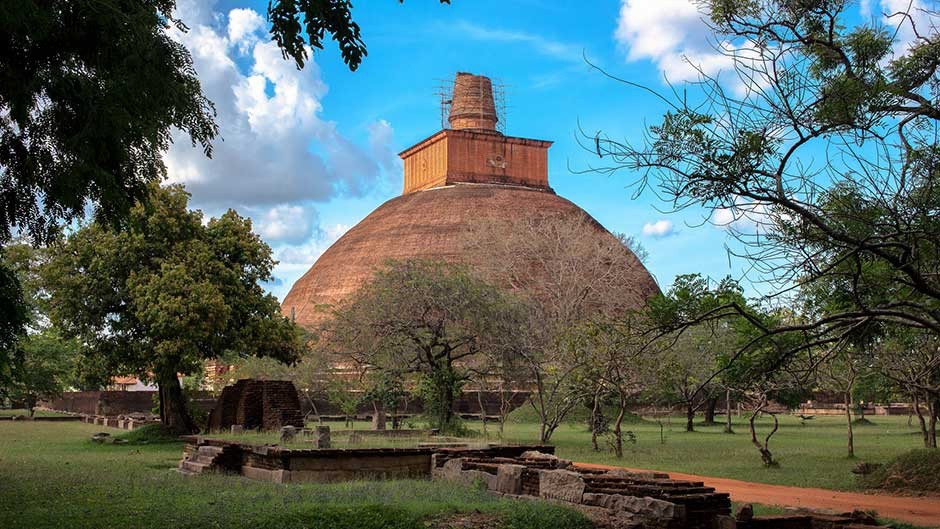
Jetavanarama Stupa, also known as Jetavanaramaya, is a spectacular Buddhist reliquary structure among the ruins of Jetavana Monastery in Anuradhapura, Sri Lanka, a UNESCO World Heritage Site. At 122 meters (400 feet), it was the world’s tallest stupa and the third tallest structure at the time. King Mahasena of Anuradhapura (273–301 AD) ordered the stupa after the Mahaviharaya, one of the city’s most revered monasteries, was destroyed. His son Maghavanna I completed the huge structure after King Mahasena started it. Later, King Parakramabahu I of Polonnaruwa renovated it to retain its architectural and spiritual value. The theological significance of Jetavanarama goes beyond its size. According to Buddhist legend, the stupa holds a treasured relic from the Buddha’s sash or belt. This sacred landmark symbolizes Sri Lanka’s Buddhist heritage and draws pilgrims and tourists from around the world.
6. Sri Ranganathaswamy
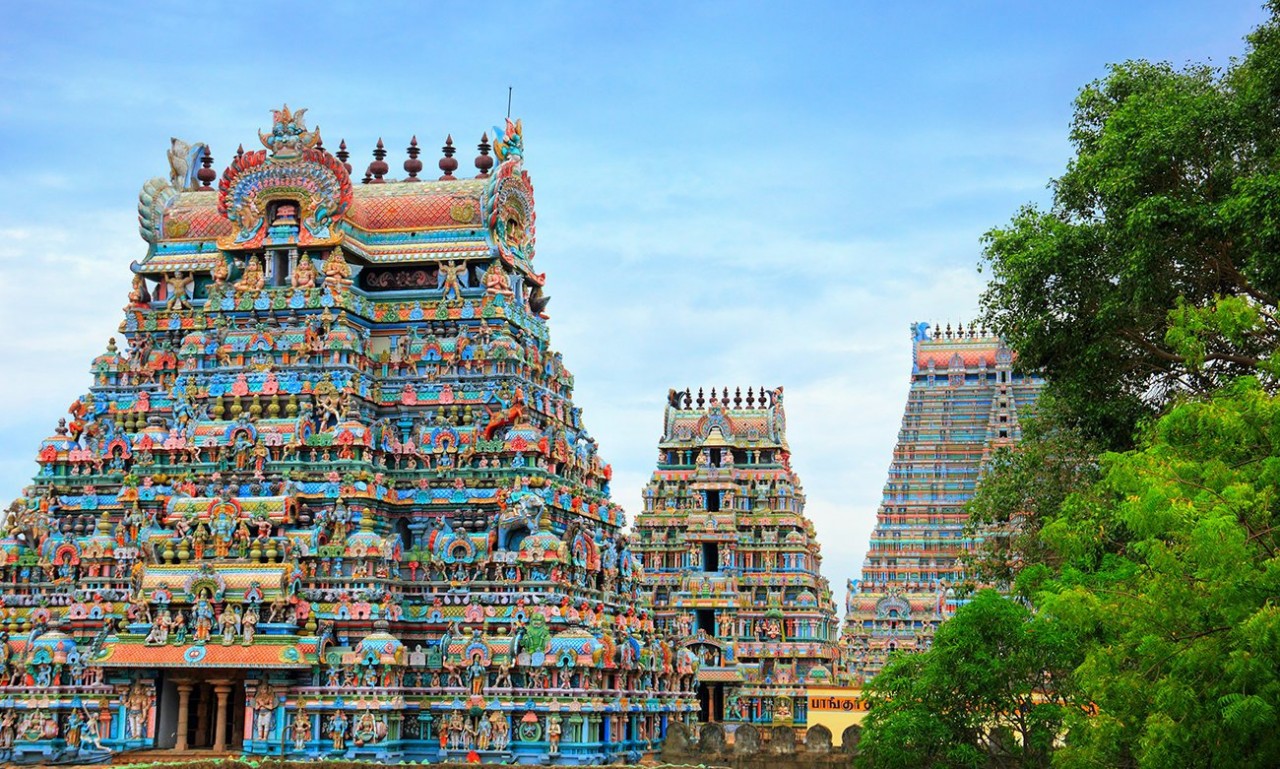
Ranganatha, a venerated avatar of Maha Vishnu, is worshipped in the grand Hindu Sri Ranganathaswamy Temple. It is a Dravidian architectural masterpiece at Srirangam, Tiruchirapalli, Tamil Nadu, India, of great religious and historical value. The Alvars’ sacred songs, the Divya Prabandham, glorify the temple as the greatest of the 108 Divya Desams, the holiest temples dedicated to Lord Vishnu. Sri Ranganathaswamy Temple, one of South India’s most prominent Vaishnavite temples, is steeped in spiritual and historical traditions. It has been a key hub of Vaishnavism, notably from the 11th century, fostering theological discourse led by Ramanuja, a leading Vaishnavite philosopher. His predecessors, Nathamuni and Yamunacharya, also had significant ties to the temple, making it important for Sri Vaishnavism. As an island between the Kollidam and Kaveri rivers, the temple has been subject to flooding and invasions throughout history. Invading armies have used the temple complex as a strategic military encampment. Sri Ranganathaswamy Temple continues to draw millions of pilgrims and visitors despite these obstacles.
7. Akshardham Temple
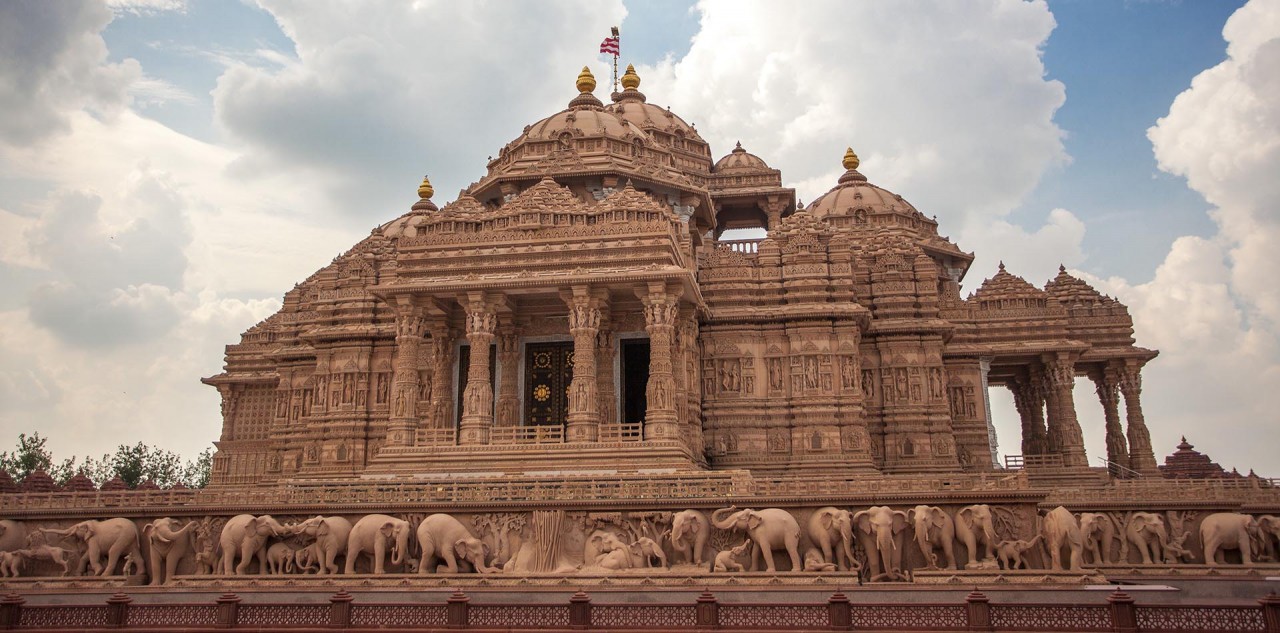
One of New Delhi’s most famous Hindu temples, Akshardham, is a stunning spiritual and cultural complex. The architectural marvel known as Swaminarayan Akshardham was inaugurated in 2005 at Noida Mor and has since become a global landmark. “Akshardham” comes from Sanskrit, where “Akshar” means forever and “Dham” signifies birthplace. According to Hindu mythology’s Vedas and Puranas, it represents the abode of eternal ideals, virtues, and heavenly wisdom. The temple represents Indian culture, spirituality, and workmanship. Its exquisite carvings, superb sculptures, and breathtaking domes reflect centuries of Hindu temple design. Akshardham Temple is a must-see for believers and tourists because it promotes self-discovery, learning, and inner calm.
8. Borobudur
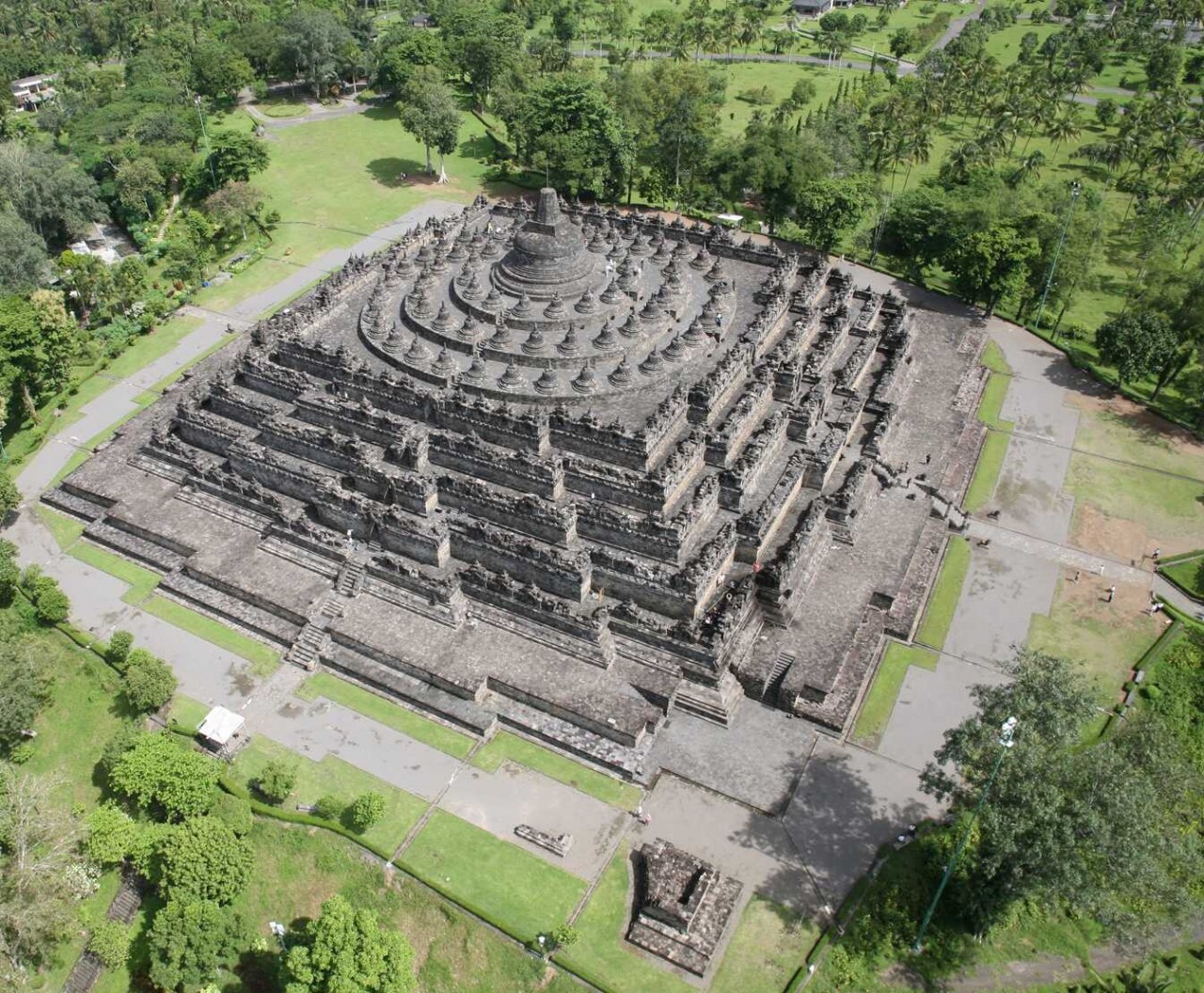
The world’s largest Buddhist structure, Borobudur Temple, situated on Java, Indonesia. The temple’s hilltop vista of beautiful green meadows and distant rolling hills creates a peaceful and spiritual mood. Borobudur, a Gupta masterpiece built between AD 780 and 840 during the Syailendra dynasty, shows the intense impact of Indian culture on the region. Borobudur is a distinctively Indonesian architectural masterpiece because it combines Javanese traditions with Buddhist meaning. Borobudur is a spiritual pilgrimage destination and place of worship known for its beautiful carvings, gigantic stone stupas, and complex relief panels. One of the most revered Buddhist locations, it draws pilgrims from throughout the world.
9. Karnak (Great Hypostyle Hall)
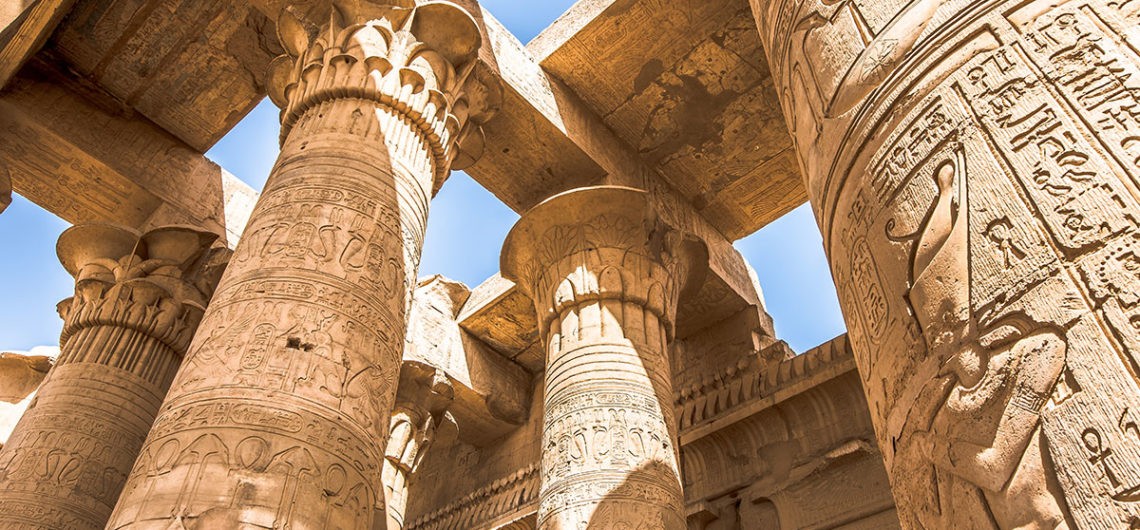
Ever entered a huge cathedral and been awestruck by its towering columns and exquisite design? Ancient Egyptians surely felt astonishment and surprise when they entered the Great Hypostyle Hall at Karnak, one of the world’s most stunning architectural marvels. The Great Hypostyle Hall was part of the Karnak Temple Complex in Thebes (now Luxor, Egypt), one of the largest and most important religious sites in antiquity. Seti I built this great hall in 1250 BC, and his son Ramesses II added part of its exquisite embellishments and reliefs. The hall was deliberately placed between two majestic gateway pylons from earlier periods. Known for its forest of towering stone columns with exquisite carvings of gods, pharaohs, and sacred inscriptions, the Great Hypostyle Hall continues to amaze historians, archaeologists, and visitors from around the world.
10. Angkor Wat Temple
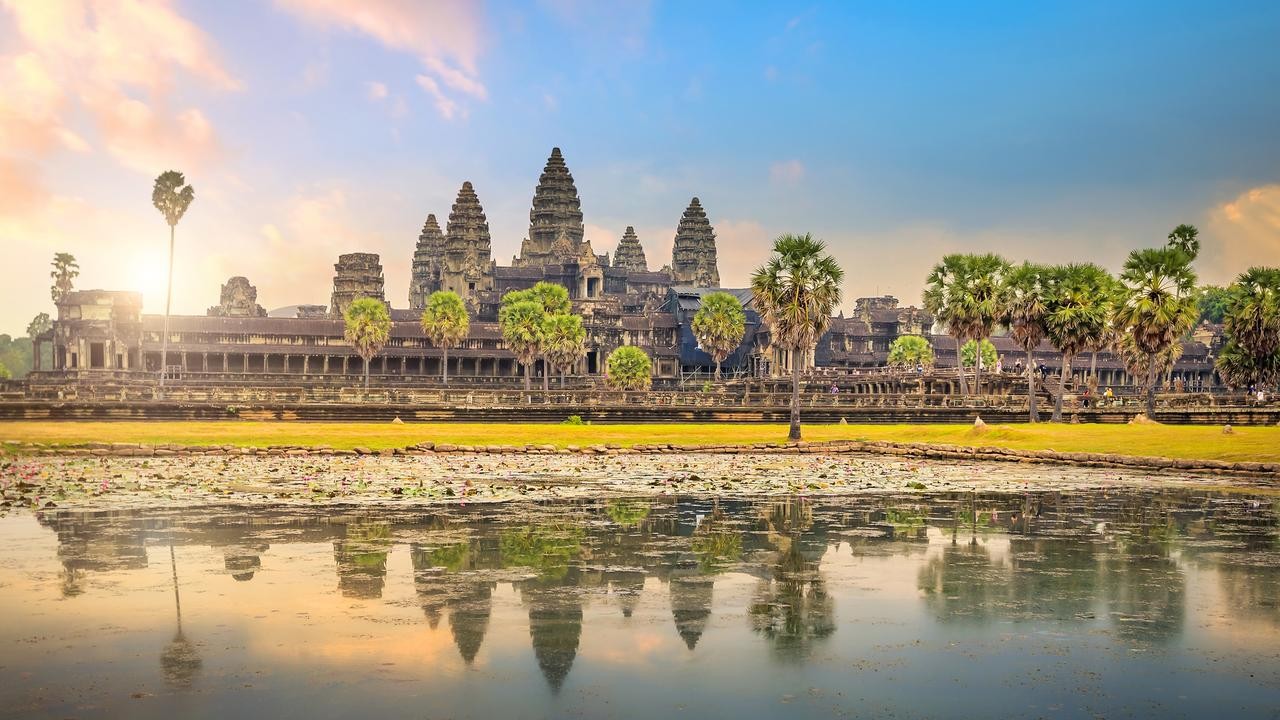
Angkor Wat, a Buddhist temple complex in northern Cambodia, is one of the world’s greatest architectural marvels. First erected as a Hindu temple to Vishnu in the early 12th century, it later became a Buddhist site. Many consider Angkor Wat the world’s largest religious monument, covering over 400 acres. The Khmer name means “Temple City” and reflects the temple’s grandeur and history. Emperor Suryavarman II, who ruled from 1113 to 1150, commissioned it as the state temple and political hub of his extensive realm. Angkor Wat continues to lure millions of tourists and historians to see its ageless splendor.






0q8gp1
Hey just wanted to give you a quick heads up. The text in your article seem to be running off the screen in Internet explorer. I’m not sure if this is a formatting issue or something to do with web browser compatibility but I thought I’d post to let you know. The layout look great though! Hope you get the issue resolved soon. Cheers
Sweet website , super layout, real clean and utilize pleasant.